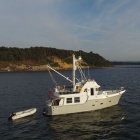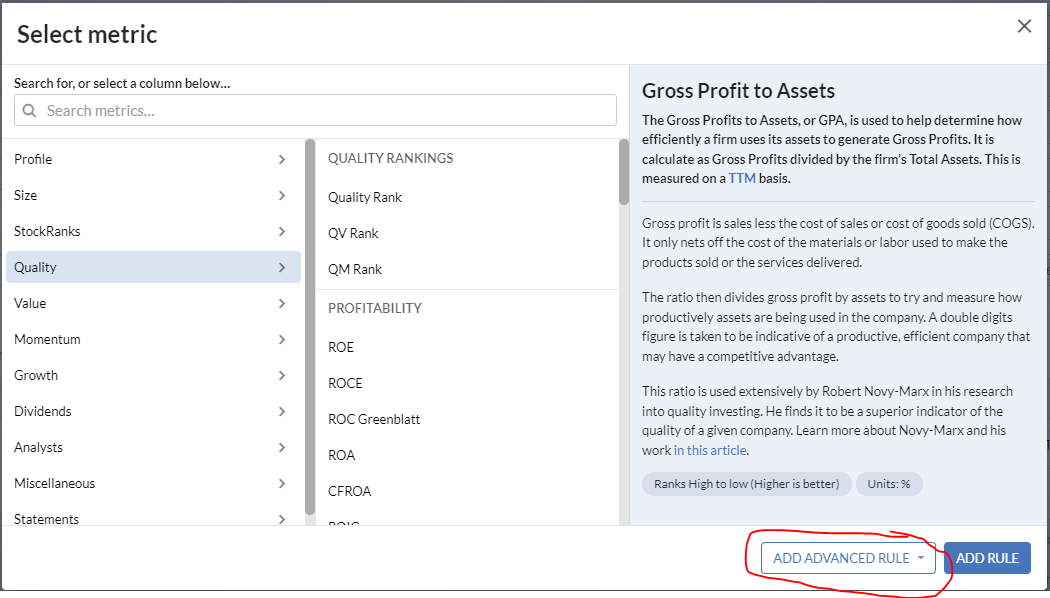Last year, I wrote about the process of finding companies with the potential to generate very high returns. Leaning heavily on the writings of Buffett and Munger, together with the 100 Baggers book by Christopher Mayer, I developed the following framework to identify such companies:
Moat
These are companies that have a sustainable competitive advantage. One measure of this is a high and consistent Return on Equity (RoE). For most businesses, competition means that RoE tends to mean revert to a company’s cost of equity. However, for the exceptional company, competitors have been unable to deploy additional capital to eat into a company's high returns, and the RoE remains high. It is even better if investors can find an investment where the RoE has trended upwards. Such a company may have been digging an even deeper moat to keep competitors out.
Runway
A moat is a great thing for a company to have, but if there isn’t scope to deploy additional capital at very high returns, the business will always remain niche. That doesn’t mean it will be a poor investment. Many such businesses generate a very nice profit that they return to shareholders via large dividends or share buybacks. Somero Enterprises (LON:SOM) could be considered such a business (unless some of its new innovative products gain significant traction in the industry.) For investors to receive phenomenal returns, a company requires a significant growth runway ahead of it.
Operational Leverage
A strong moat and significant sales growth alone can generate great profit growth, which may be reflected in the share price. However, the returns will be even higher if the bottom line grows faster than the top line. This is known as operational leverage. This happens when costs are relatively fixed. Many investors look to invest in high-margin business. Counterintuitively, Mayer found that the best returns came from businesses with high gross margins and low net margins. The reason is that the market may have overlooked the impact of sales growth on a business with high gross margins but where admin costs may remain relatively fixed.
Cheap
Mayer found that the best returns came from investing in companies where sales grew quickly, profits snowballed, and the multiple the market gave those earnings also increased. Multiple expansion is far more likely when investors pay a low multiple when purchasing a stock. Many quality investors overlook this…












